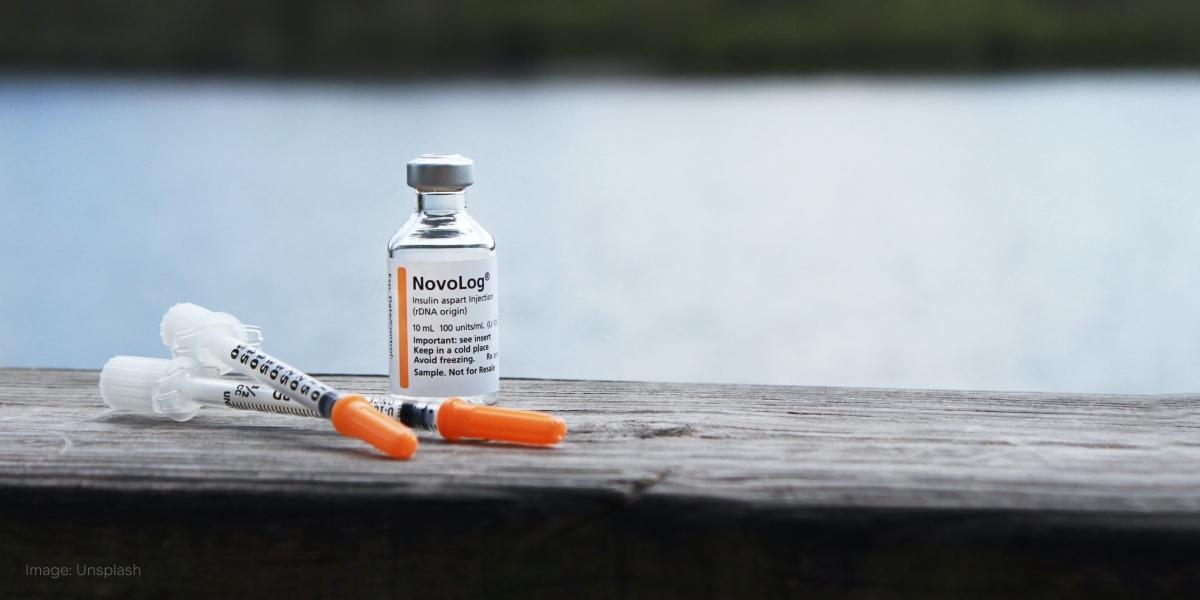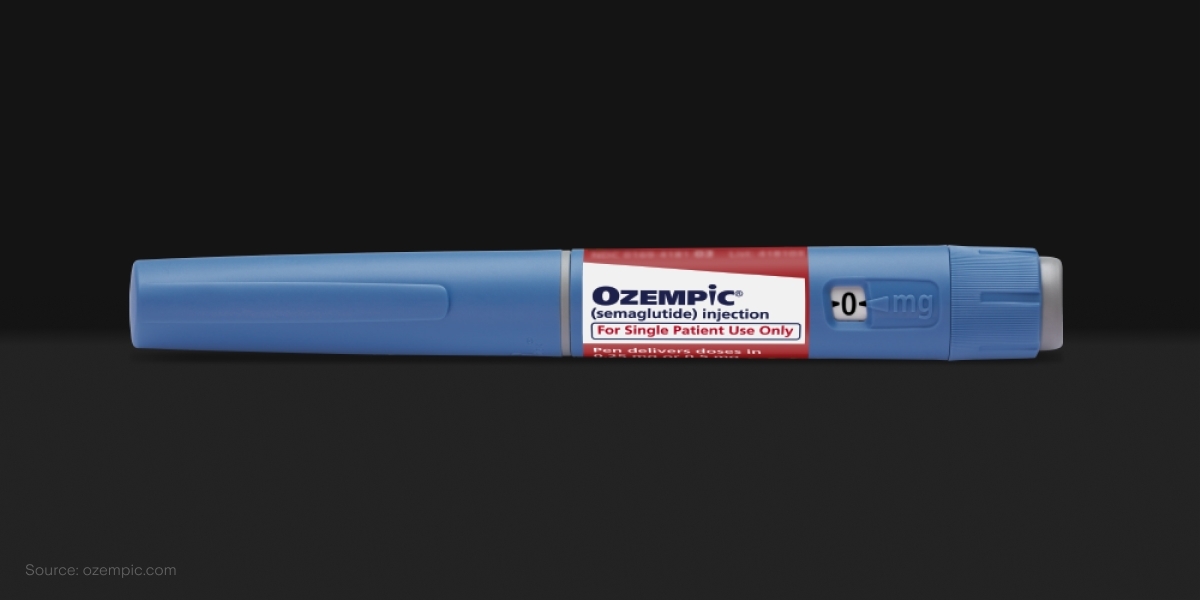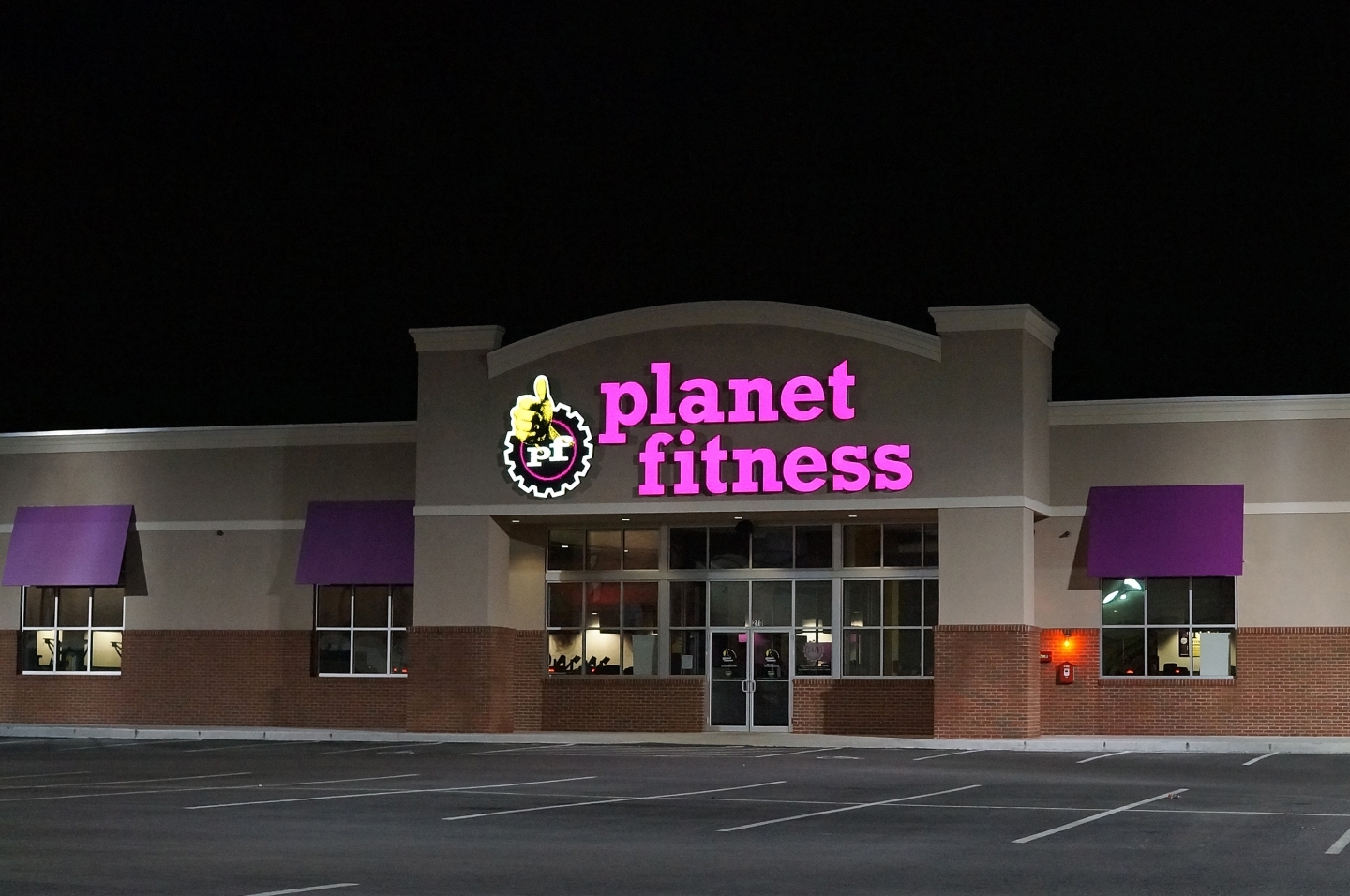
Under the Spotlight Wall St: Novo Nordisk (NVO)
Fighting diabetes for a hundred years, Novo Nordisk became crucial for modern healthcare. But what could be next for the pharmaceutical giant? Let’s put it Under the Spotlight.
.jpg&w=3840&q=100)
Up to the beginning of the 20th century, being diagnosed with diabetes was often a death sentence. Back then, treatment relied only on dietary restrictions and the prescription of exercise. Along with some highly ineffective oral drugs that helped alleviate the symptoms, these measures fell short of directly treating the disease. Then everything changed with the discovery of insulin.
In 1921, researchers at the University of Toronto managed to successfully extract and isolate insulin. The hormone could be used for human medical treatment. Two of the physiologists, Frederick Banting and J.J.R. Macleod, were awarded Nobel Prizes for this breakthrough. Capable of lowering blood sugar levels by upwards of 40% just an hour after its application, interest in insulin hormone production skyrocketed. Hans Christian Hagedorn was among one of the field’s pioneers in Denmark, and a founder of Novo Nordisk ($NVO).
Initially, insulin was extracted from the pancreas of domesticated animals, primarily cattle and pigs. The organs were collected from slaughterhouses and brought to the laboratory for processing. The extraction process involved grinding and homogenising the pancreas tissue to release the insulin-containing cells. The end mixture containing insulin underwent multiple purification steps, but still resulted in a significant number of allergic reactions.

Engineering treatments
Nevertheless, this was a groundbreaking treatment for diabetes, and one on which Nordisk built a giant business and reputation; and has continued to innovate. In the 1950s, the company developed a longer-acting insulin, NPH (Neutral Protamine Hagedorn). It revolutionised diabetes treatment by providing extended glycaemic control. This second breakthrough enabled individuals with diabetes to better manage their condition and enhanced quality of life by lengthening periods between insulin shots requirements.
That was only the beginning, as insulin manufacturing underwent significant changes in the 1980s with the advent of recombinant DNA technology. This revolutionary approach allowed for the production of synthetic human insulin in a more efficient and scalable manner. The human insulin gene is inserted into host organisms, such as bacteria or yeast, which then act as insulin factories. The cells produce insulin that is similar to human insulin in structure and function. It also had lower rejection rates than animal-produced insulin.
The 1980s marked an important era for Nordisk for another reason: in 1989, Nordisk merged with another Danish company, Novo Industri, to form Novo Nordisk. This merger combined the expertise of both companies, specifically bringing Nordisk's insulin-production together with Novo's proficiency in enzymes and pharmaceuticals. This move expanded its scope beyond insulin and laid the foundations for future growth.

Beyond insulin
Novo Nordisk recognised the need to broaden its focus beyond insulin and expand its portfolio of diabetes-care solutions. In the late 1990s, the company ventured into the development of oral antidiabetic drugs, introducing repaglinide meds such as Prandin and NovoNorm. These medications provided alternative treatment options for individuals with Type 2 Diabetes, complementing the company's existing insulin offerings.
Furthermore, the insulin producer expanded its scope beyond diabetes and entered the field of haemophilia care. Building on its knowledge in protein-based therapies, the firm developed a range of clotting factor products. These play a crucial role in treating bleeding episodes in individuals with haemophilia. The company also works on drugs for other chronic and rare diseases, but most of its revenue comes from diabetes and obesity care.
Today, Novo Nordisk produces over 50% of the insulin used by over 500 million diabetic patients in the world. According to the firm’s estimates, the number of people suffering from diabetes should reach beyond 600m by 2030. However, the company expects its insulin sales to drop due to the increasing use of glucagon-like peptide-1 (GLP-1) drugs. These include semaglutide, which goes by the shelf name of Ozempic.

Weight loss king
Semaglutide has been nothing short of revolutionary in diabetes treatment. For one, it stimulates the pancreas to release insulin, reducing the need for the hormone shots and helping lower blood glucose levels. It also inhibits the release of glucagon from the pancreas. Glucagon is a hormone that raises blood sugar levels by triggering the liver to release stored glucose. By suppressing glucagon release, semaglutide helps reduce excessive glucose production by the liver.
However, the most innovative characteristic of semaglutide is that it delays gastric emptying, slowing down the rate at which the stomach empties its contents into the intestines. This not only regulates the absorption of glucose from the digestive system into the bloodstream, but also leads to a longer feeling of fullness, helping to reduce appetite.
The combination of semaglutide’s features leads to an extremely successful weight loss medication. For instance, 40% of the patients using it report losing more than 20% of their body weight. Ozempic still hasn’t been approved as a weight loss med, but Wegovy, a toned-down version of it, has already hit the shelves.

Like clockwork
Being a leading provider of treatment for world’s most common diseases pays very well. Novo Nordisk’s profit margins have been above 40% for years, and in 2022 the company earned over DKK 55b (roughly US$7.3b). In fact, the company’s earnings have not shown a yearly decline in more than ten years.
This clockwork-like profitability has helped raise the stock price. Value investors might be sceptical of these pharmaceutical shares that trade at beyond 40x earnings. Trading at high multiples is common among healthcare stocks, as multiples expand rapidly when a new major treatment breakthrough is discovered and higher earnings are expected to follow.
However, if GLP-1s are found to have some serious side effects, the promised earnings growth might never materialise and likely reverse the shares’ gains. For FY2023, the company expects a growth in operational profits in the range of 13% - 19%, mostly due to growth of demand in GLP-1s, both for diabetes and weight loss treatments.
This does not constitute financial advice nor a recommendation to invest in the securities listed. The information presented is intended to be of a factual nature only. Past performance is not a reliable indicator of future performance. As always, do your own research and consider seeking financial, legal and taxation advice before investing.

Megan is a markets analyst at Stake, with 7 years of experience in the world of investing and a Master’s degree in Business and Economics from The University of Sydney Business School. Megan has extensive knowledge of the UK markets, working as an analyst at ARCH Emerging Markets - a UK investment advisory platform focused on private equity. Previously she also worked as an analyst at Australian robo advisor Stockspot, where she researched ASX listed equities and helped construct the company's portfolios.

.jpg&w=3840&q=100)